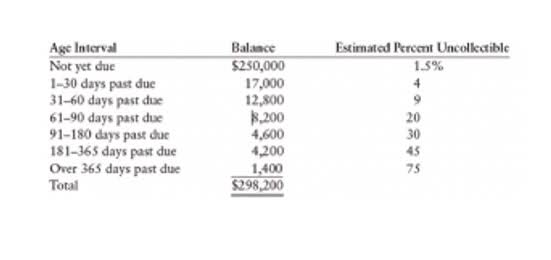Liability: Definition, Types, Example, and Assets vs Liabilities

The higher it is, the more leveraged it is, and the more liability risk it has. Current liabilities, also known as short-term liabilities, are financial responsibilities that the company expects to pay back within a year. An asset is anything a company owns of financial value, such as revenue (which is recorded liabilities in accounting under accounts receivable). On a balance sheet, liabilities are listed according to the time when the obligation is due. For example, if a company has had more expenses than revenues for the past three years, it may signal weak financial stability because it has been losing money for those years.
Companies try to match payment dates so that their accounts receivable are collected before the accounts payable are due to suppliers. The balance sheet includes information about a company’s assets and liabilities. Depending on the company, this might include short-term assets, such as cash and accounts receivable, or long-term assets such as property, plant, and equipment (PP&E).
What Is a Contingent Liability?
If you’re doing it manually, you’ll just add up every liability in your general ledger and total it on your balance sheet. Long-term liabilities, also known as non-current liabilities, are financial obligations that will be paid back over more than a year, such as mortgages and business loans. Liability accounts are classified within the liabilities section of the balance sheet as either current liabilities or long-term liabilities. Current liabilities are scheduled to be payable within one year, while long-term liabilities are to be paid in more than one year. AT&T clearly defines its bank debt that is maturing in less than one year under current liabilities.
- As liabilities increase, they may affect a company’s financial health and stability.
- A liability is something that is borrowed from, owed to, or obligated to someone else.
- For example, many businesses take out liability insurance in case a customer or employee sues them for negligence.
- When presenting liabilities on the balance sheet, they must be classified as either current liabilities or long-term liabilities.
If a portion of a long-term debt is payable within the next year, that portion is classified as a current liability. Short-term debts can include short-term bank loans used to boost the company’s https://www.bookstime.com/articles/prepaid-rent-accounting-definition-and-meaning capital. Overdraft credit lines for bank accounts and other short-term advances from a financial institution might be recorded as separate line items, but are short-term debts.

